VIDEO: Dr. Peter Levine on Helping Children who Experience Trauma
Watch an excerpt from PsychAlive’s exclusive interview with Dr. Peter Levine.
Dr. Peter Levine talks about helping children who experience trauma.
Dr. Peter A. Levine: Our organization, the Somatic Experiencing Trauma Institute, has done a lot of work in areas where there have been tremendous natural disasters — earthquakes, floods, tsunamis, hurricanes. And we’ve worked with the children there. And in so many cases where they had them relive these and talk about these things, they were clearly re-traumatized. So we developed different kinds of games where they could master these feelings of helplessness.
Joyce Catlett: Yes, that’s what I wanted to ask you about. How would a parent be toward a child they thought had some kind of trauma?
Dr. Peter A. Levine: The main thing is that the shock reaction is a biological reaction. It’s meant to pass; you’re meant to go into it and you’re meant to come out of it. It prevents you from feeling pain and, again, if there’s injury, that can be very important.
So when kids have a fall, the first thing we tell parents is to take that moment for yourself. You know, when you’re in the airplane, they always tell you “In the unlikely event of depressurization, these things are going to pop out and if there’s a child or somebody infirmed next to you, take the mask first to yourself, then help them with the mask.” And we give similar advice to parents.
Take the moment – because parents, when they see the child spill off the bicycle, get terrified in the hospital. They have fear and often this fear comes with anger and the child is then yelled at. “Why didn’t you do what we told you to do? You’re not supposed to be riding your bicycle here!” It comes from fear, the parents’ fear.
So we take a moment to get the parents some guided exercises so they can learn to feel the fear in their body and learn this is a key in letting it move through. And every intense sensation will do that. It will accumulate in the body for some moments. But then if we learn to attend to it, it’s a kind of a body-mindfulness,a body-ness, that it will move through, and then the parents are able to be there in the present. And then they come up to the child –depending on the age — if it’s a young child, to take the child into their arms to hold it. If it’s a little bit older child, to sit by its side, to put their hand, very often, on their upper back to give them support and just to say “Sweetheart, you just had a fall. It’s going to be O.K. and I’m just going to be here with you.”
We wrote a book called Trauma-Proofing your Kids. It’s a guide for instilling confidence, joy, and resilience, just to teach parents these kinds of tools. And we’ve gotten so much feedback from parents who say, you know, the kid was just devastated, they sat with them for a few moments and then that shaking, trembling, sometimes crying, deep spontaneous breath and then the kid would just run off and get back to play.
Of course, if there’s a possibility of any injury, especially concussion, you have to monitor the child very carefully and bring the child to a doctor to an emergency room. But even so, to help the child come out of shock before that, because if they’re frightened and they come into a frightening environment, that multiplies the fear.
So in these different situations, we design different games that children play, which, again, help them have new feelings. In China and Thailand, a number of children and adults as well developed hysterical paralysis afterwards. We saw this one little boy — I think this was after the China earthquake. He was like about 3, 3 ½, and he had been paralyzed. So one of my students, a beautiful young man, Brazilian student, practitioner from Brazil, Alezandre Duarte, he just sat with the child, played a little game with the child’s nose, because the child still moved his head. And then he started just touching his feet and finding out where the stuck movements were, where the frozen movements were. And in twenty minutes, the child was running around the room and you could see the expression on all the doctors that were there, “What!”
But again, trauma is a fact of life; it does not have to be a life sentence. And there are so many things that we can do in prevention and healing and also, healing in groups. I think that is another important aspect.
Tags: child emotional health, childhood experiences, expert interview, PTSD, trauma, video



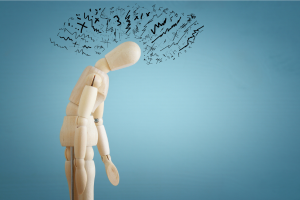
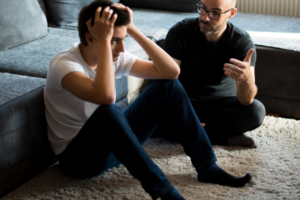

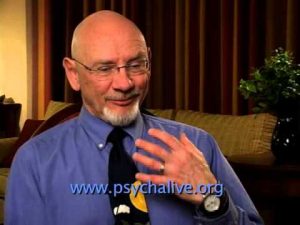
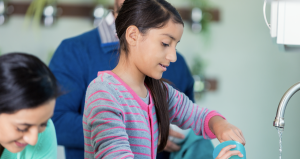
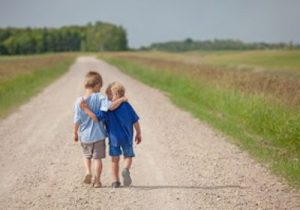
Leave a Reply
You must be logged in to post a comment.